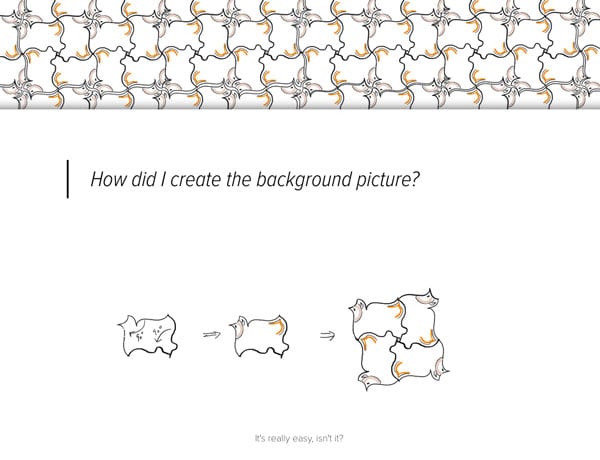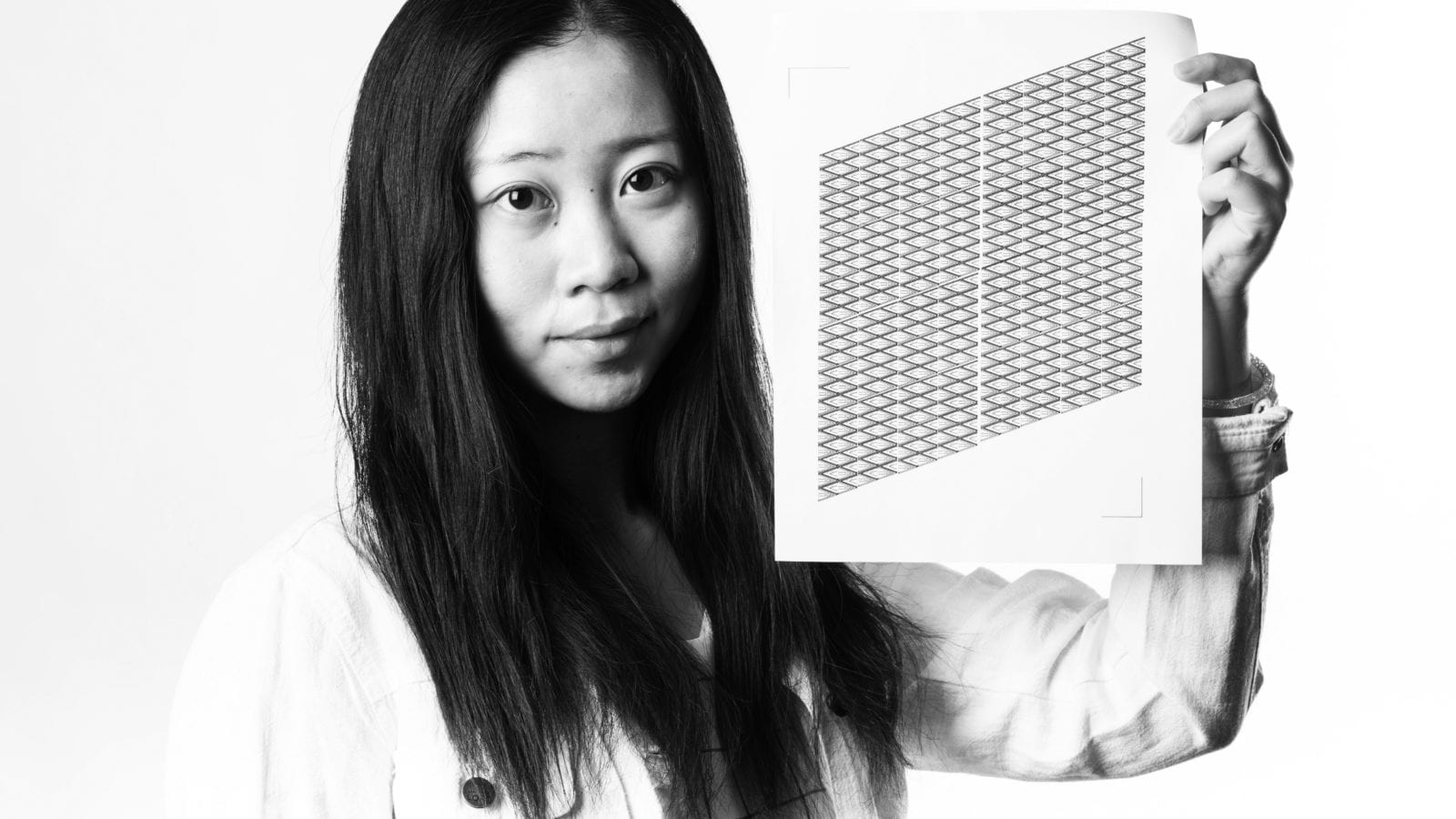The Scholar: Shirley Zhou
The Project: M.C. Escher and His Mathematical Wonderland
The Essential Question: Ms. Zhou explored how mathematics can be used to create intriguing works of art, as demonstrated by the tessellations of the renowned Dutch graphic artist M.C. Escher (1898-1972). Her project analyzed the various types of tessellations (repetitive patterns created with mathematical shapes), introduced the work of Escher, and featured tessellations of her own creation.
Notable Quote: “‘Tessellation,’ originating from the Latin world ‘tessella,’ refers to the division of a plane into repetitive patterns. Tessellations were first found in the Sumerian Civilization at approximately 4000 B.C, where people used tessellation designs built from harden clay to construct and decorate the walls of temples and homes. Similar patterns and artistic elements existed in different cultures all over the world, such as the Arabic, Byzantine, Chinese, Egyptians, Greet, Japanese, Moors, Persians, and Romans. The inspirations were probably from the nature; a honeycomb, for example, is a tessellation consisted of regular hexagons.”
Biggest Challenge. “Trying to figure out what I actually wanted to do was the biggest challenge. When I first looked into M.C. Escher’s works, he reached into a lot of different fields. He had impossible constructions, polyhedrals, and other stuff. At first, I wanted to do three things—platonic solids, impossible constructions, and tessellations—but I realized it was going to be too much for a one-semester class. So I narrowed it down to tessellations.”
Surprising Discovery. “When I first started, I looked at a lot of creative and unbelievably beautiful tessellations, and they were so good to look at. Also, I found it interesting because it was actually easy to make one of my own. At first I thought it was really hard to make a tessellation piece, but when I actually looked into it, it was simpler than I thought. It was just a lot of rotations and resizing, so that was interesting.”
Tip for Future Scholars: “I think Williston Scholars is a really great class for students to explore their interests. It would be really helpful if the student can expand their mind a little bit. Like for math, at first I thought I needed to do a statistical research project, because that’s what people usually do who are math scholars. But I ended up with a really different topic. So be creative and try different things.”
From Her Presentation: Ms. Zhou used tessellations to create a background pattern, and explained the process.



